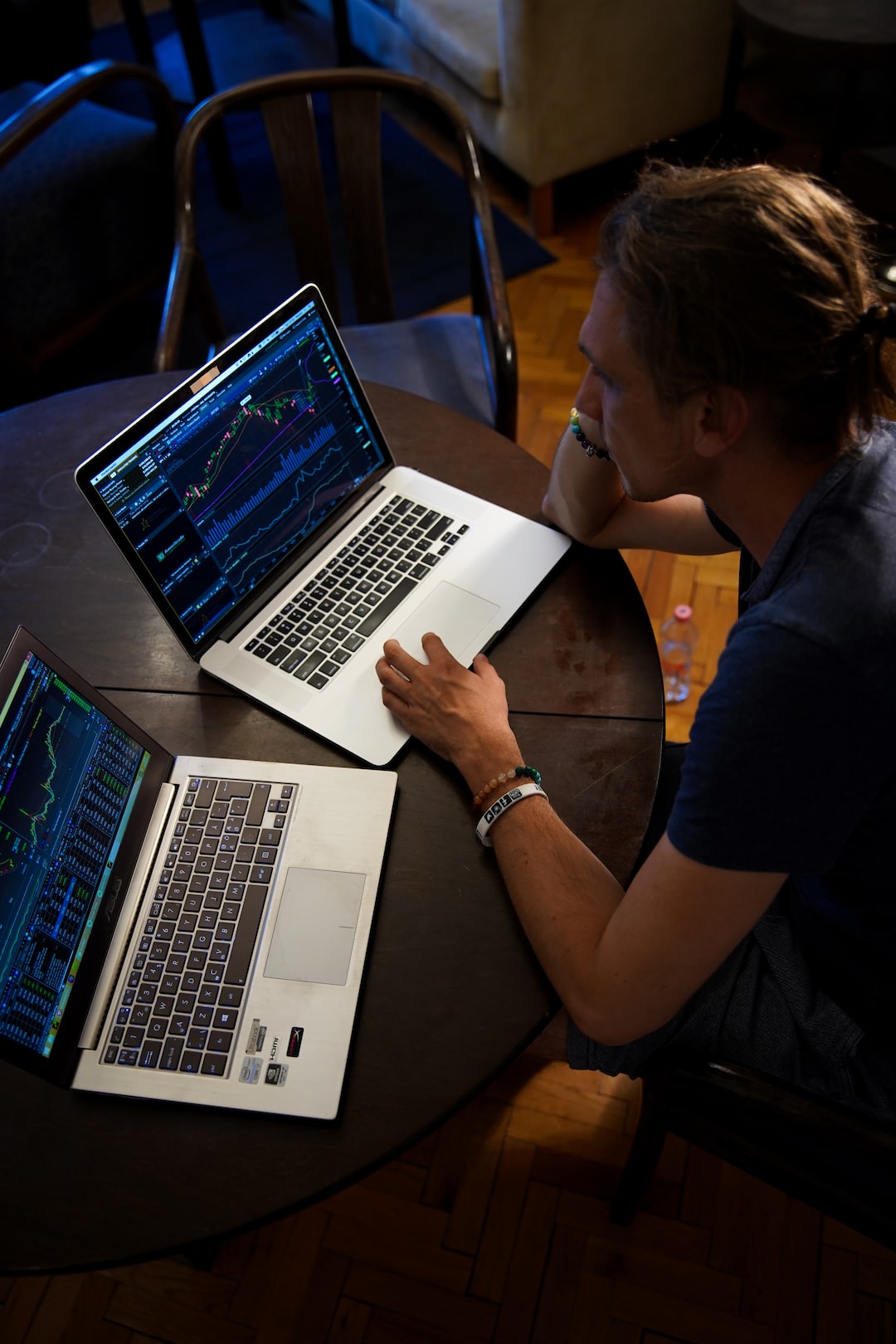Forex trading is a popular way of investing and earning money in the financial markets. The currency markets are known for their high liquidity and volatility, which makes them an attractive option for traders. However, to be successful in forex trading, it is essential to have a good understanding of how to calculate the spread per trade. In this article, we will explain what the spread is, how it works, and how to calculate it for forex trading.
What is a spread?
The spread is the difference between the bid price and the ask price of a currency pair. The bid price is the price at which a trader can sell a currency, while the ask price is the price at which a trader can buy a currency. The spread is calculated by subtracting the bid price from the ask price.
For example, if the bid price for EUR/USD is 1.1250, and the ask price is 1.1255, the spread is 0.0005 or 5 pips. Pips are the smallest unit of measurement in forex trading and are used to measure the price movement of currency pairs. In this example, the spread is 5 pips.
How does the spread work?
The spread is an important factor in forex trading because it affects the profitability of a trade. When a trader buys a currency pair, they pay the ask price, and when they sell a currency pair, they receive the bid price. Therefore, the spread represents the cost of trading for the trader. The wider the spread, the more expensive it is to trade.
For example, if a trader buys EUR/USD at 1.1255 and sells it at 1.1260, they have made a profit of 5 pips. However, if the spread is 10 pips, the trader would need the price to move by 10 pips before they break even. Therefore, a wider spread makes it harder to make a profit.
How to calculate the spread per trade?
To calculate the spread per trade, you need to know the pip value of the currency pair you are trading, the size of your position, and the spread in pips.
The pip value is the amount of money you make or lose for each pip movement in the currency pair. The pip value varies depending on the currency pair and the size of your position. To calculate the pip value, you can use the following formula:
Pip value = (1 pip / exchange rate) x lot size
For example, if you are trading EUR/USD with a lot size of 0.1, and the exchange rate is 1.1250, the pip value would be:
Pip value = (0.0001 / 1.1250) x 10,000 = $0.89
The size of your position is the number of units of the currency pair you are trading. The size of your position affects the pip value and the spread per trade. To calculate the size of your position, you need to know the lot size and the leverage you are using.
The lot size is the number of units of the currency pair you are trading. In forex trading, there are three types of lots: standard, mini, and micro. A standard lot is 100,000 units, a mini lot is 10,000 units, and a micro lot is 1,000 units.
The leverage is the amount of money you can borrow from your broker to open a position. Leverage allows traders to control a larger position with a smaller amount of capital. However, it also increases the risk of the trade. The leverage is expressed as a ratio, such as 1:100 or 1:500.
To calculate the size of your position, you can use the following formula:
Position size = lot size x leverage
For example, if you are trading EUR/USD with a mini lot size of 0.1 and a leverage of 1:100, the position size would be:
Position size = 0.1 x 100 = 10,000 units
Finally, to calculate the spread per trade, you can use the following formula:
Spread per trade = spread in pips x pip value x position size
For example, if you are trading EUR/USD with a mini lot size of 0.1, a leverage of 1:100, and a spread of 5 pips, the spread per trade would be:
Spread per trade = 5 x $0.89 x 10,000 = $44.50
Conclusion
Calculating the spread per trade is an essential skill for forex traders. The spread represents the cost of trading and affects the profitability of a trade. To calculate the spread per trade, you need to know the pip value, the size of your position, and the spread in pips. By understanding how the spread works and how to calculate it, traders can make informed decisions and improve their trading performance.






